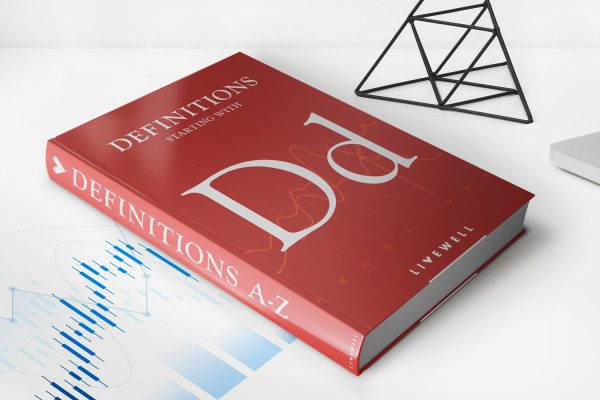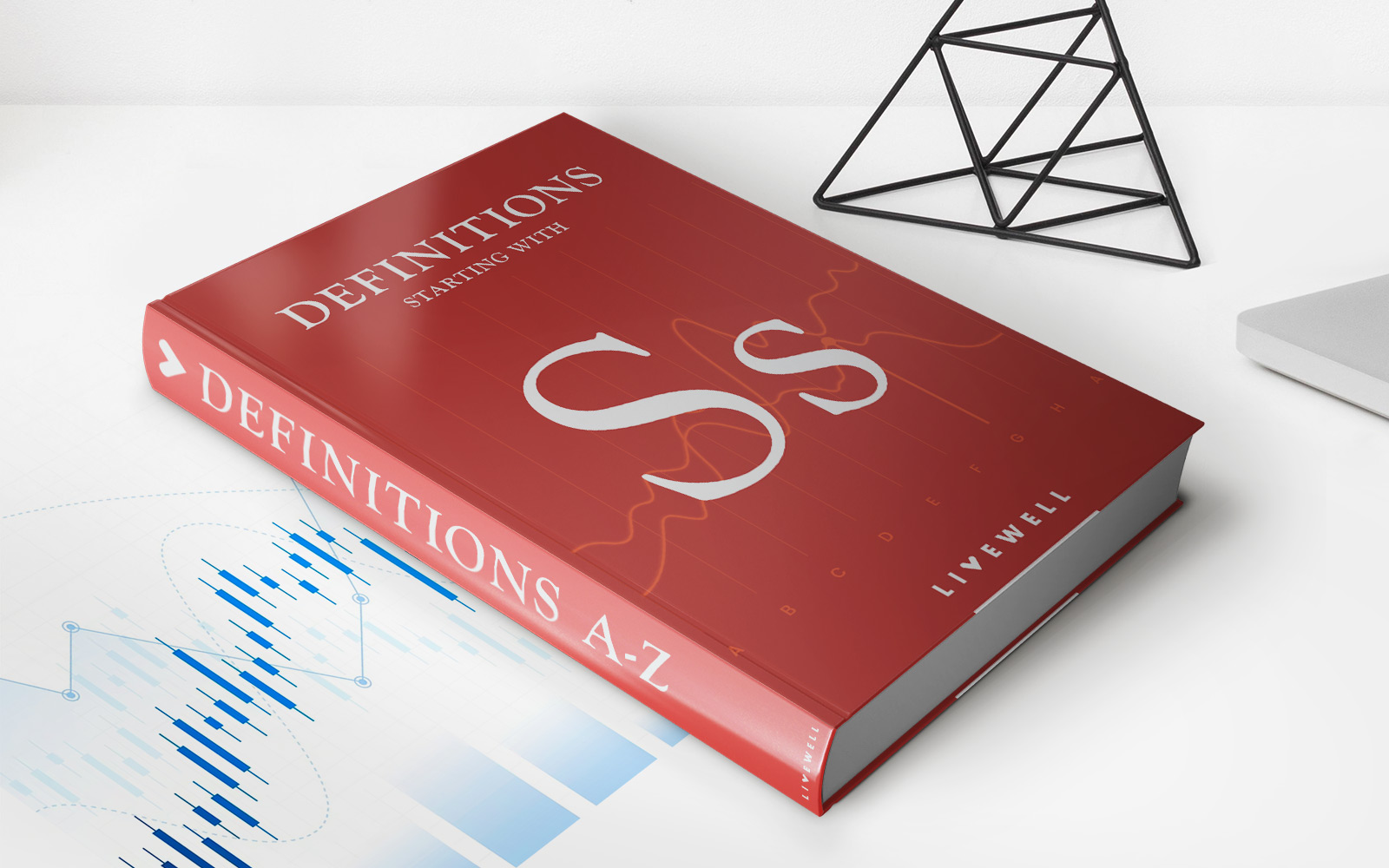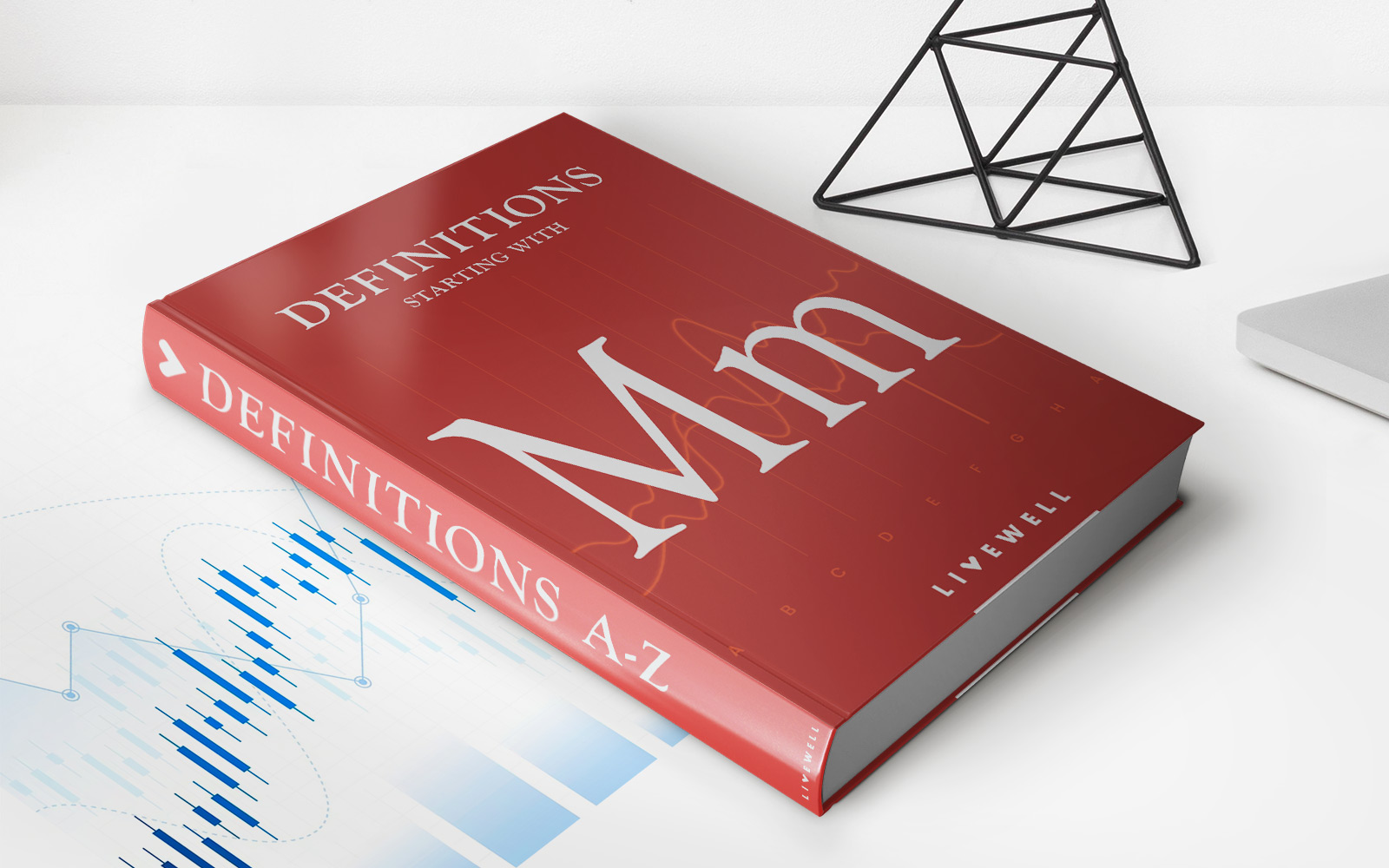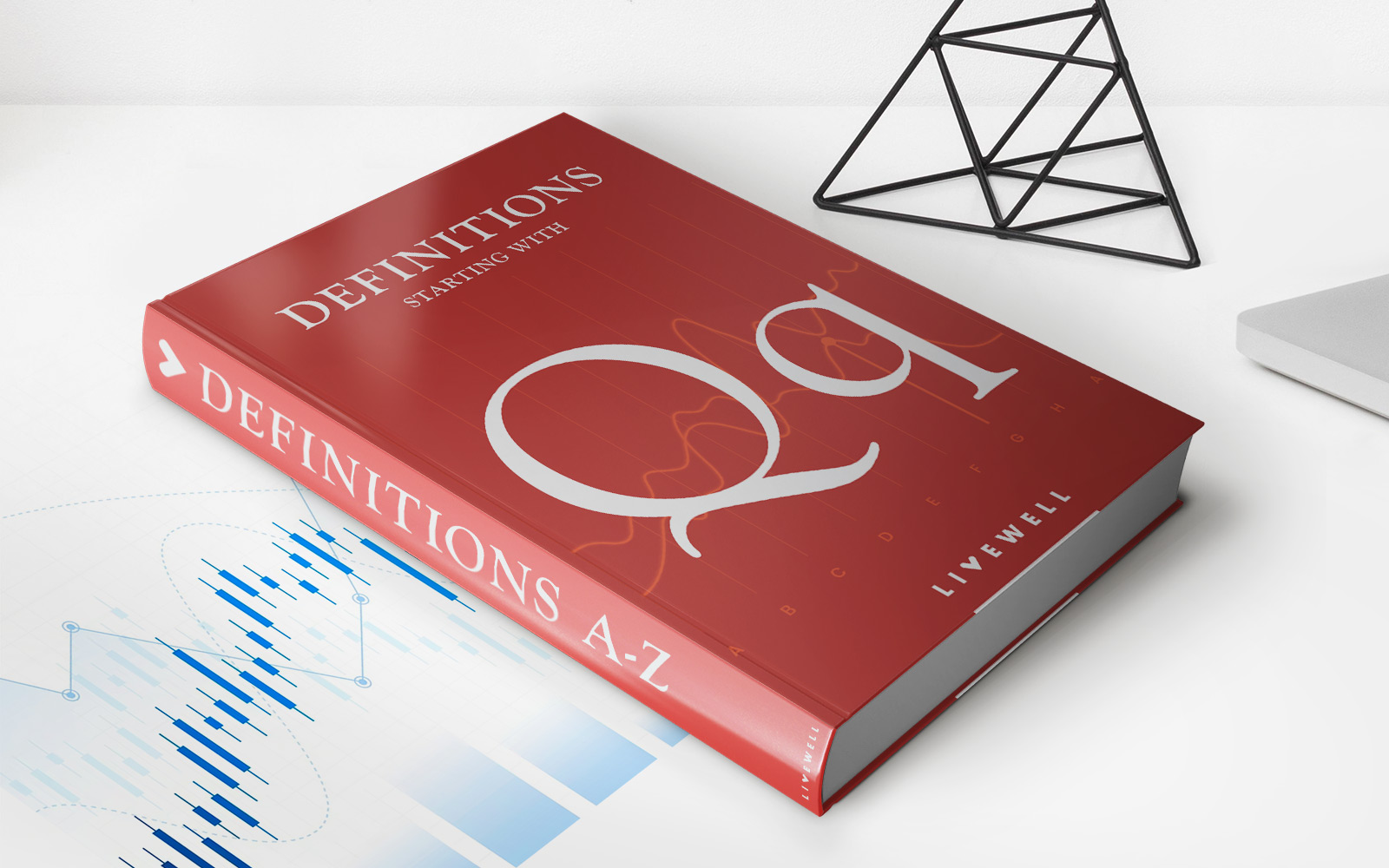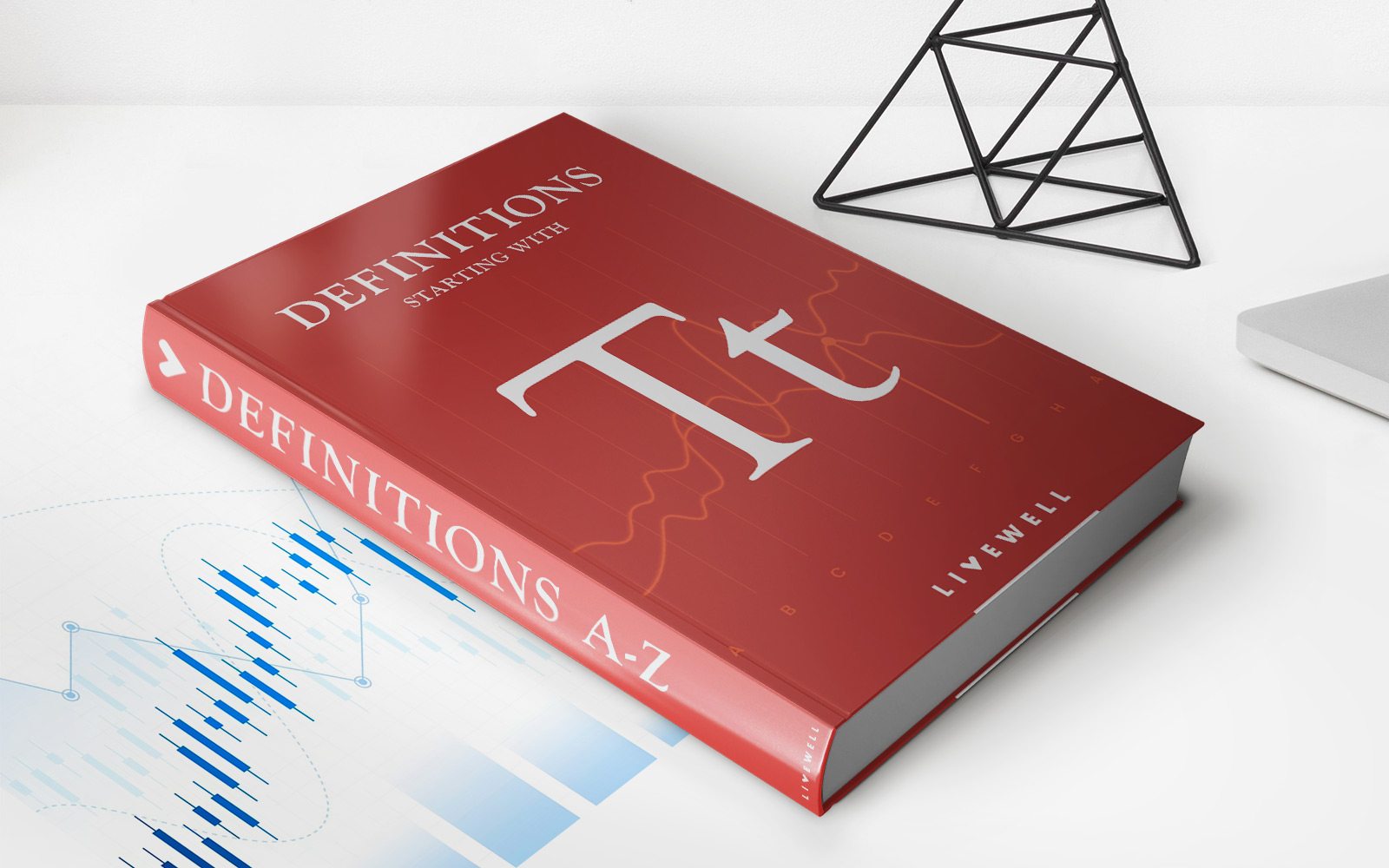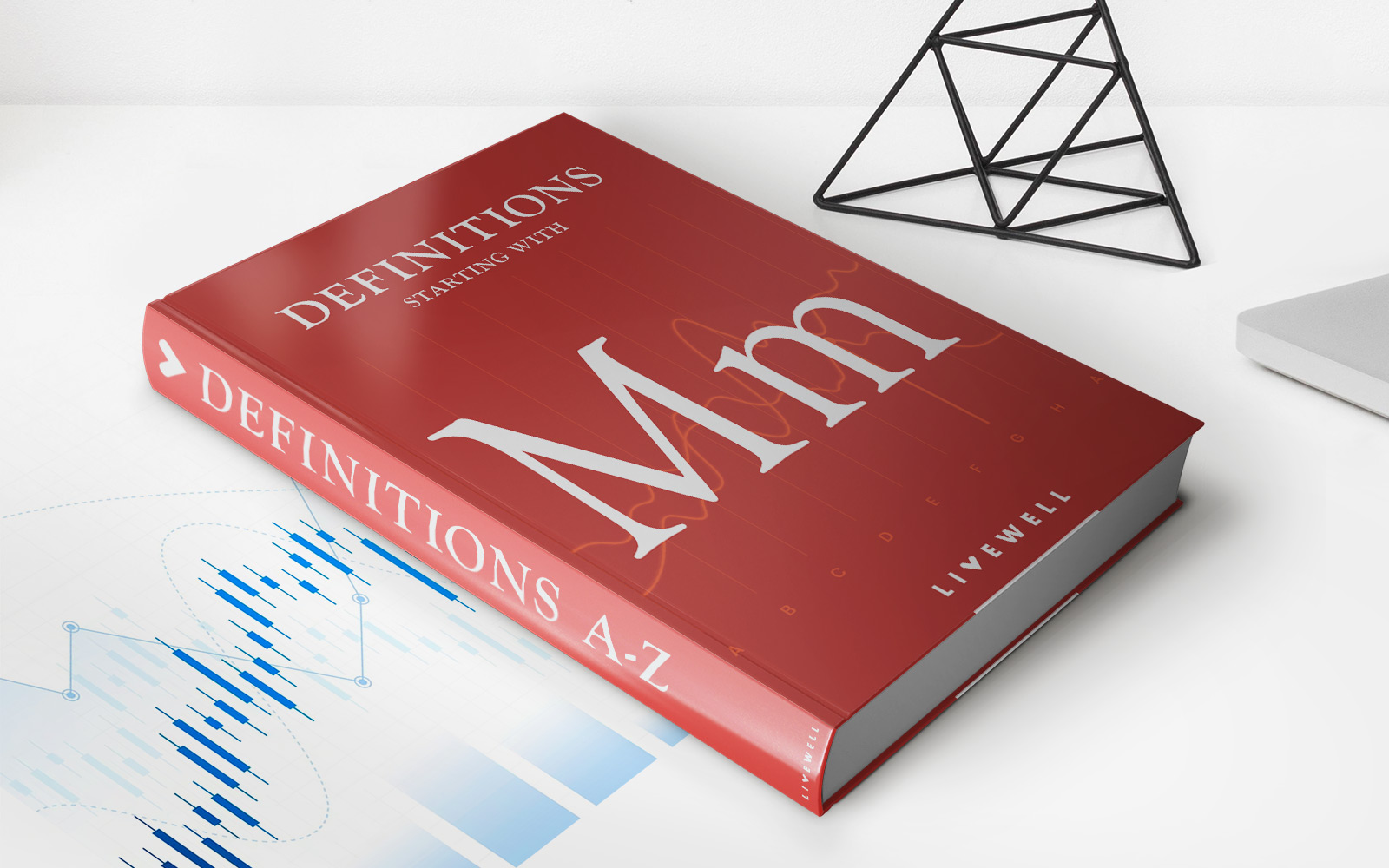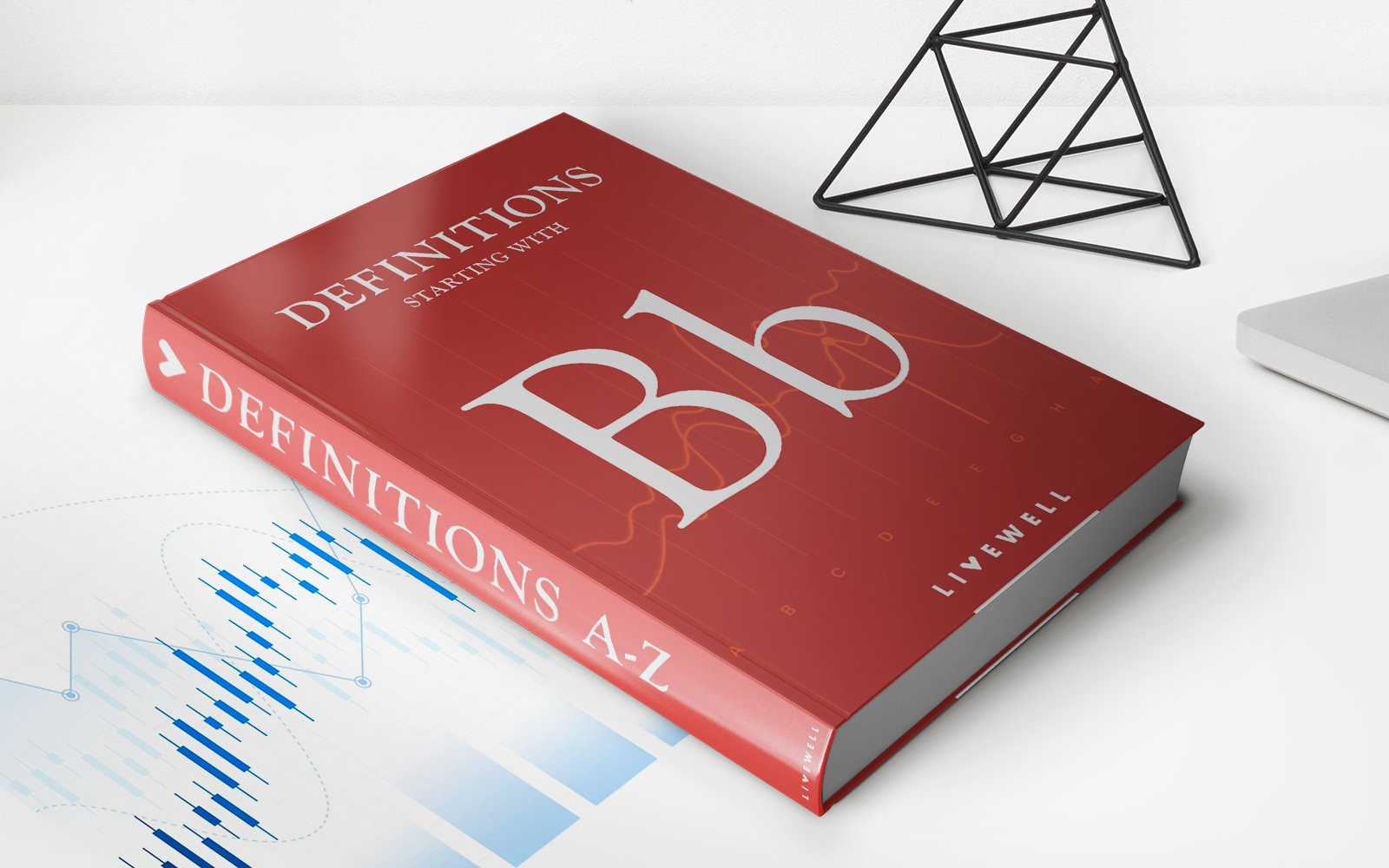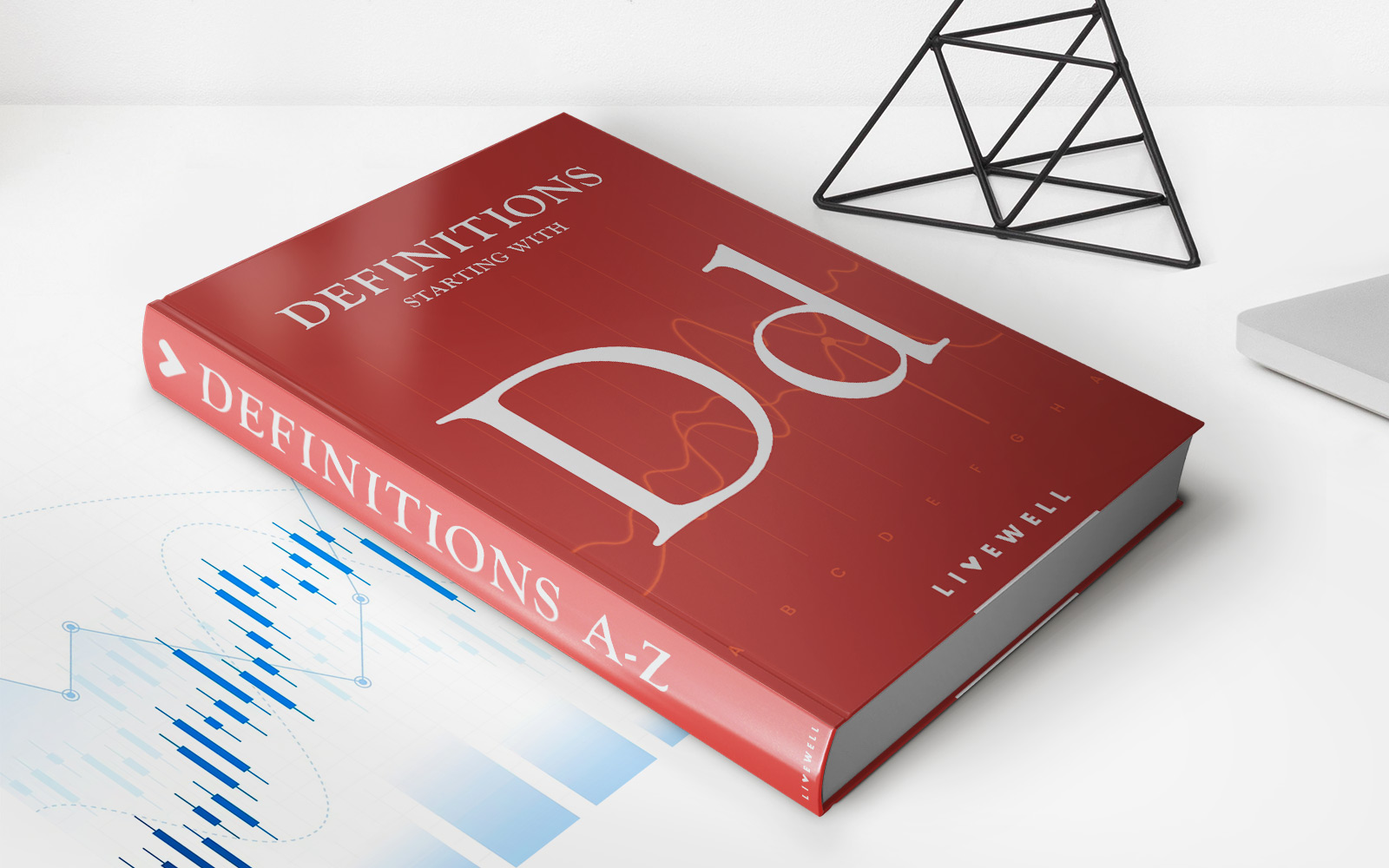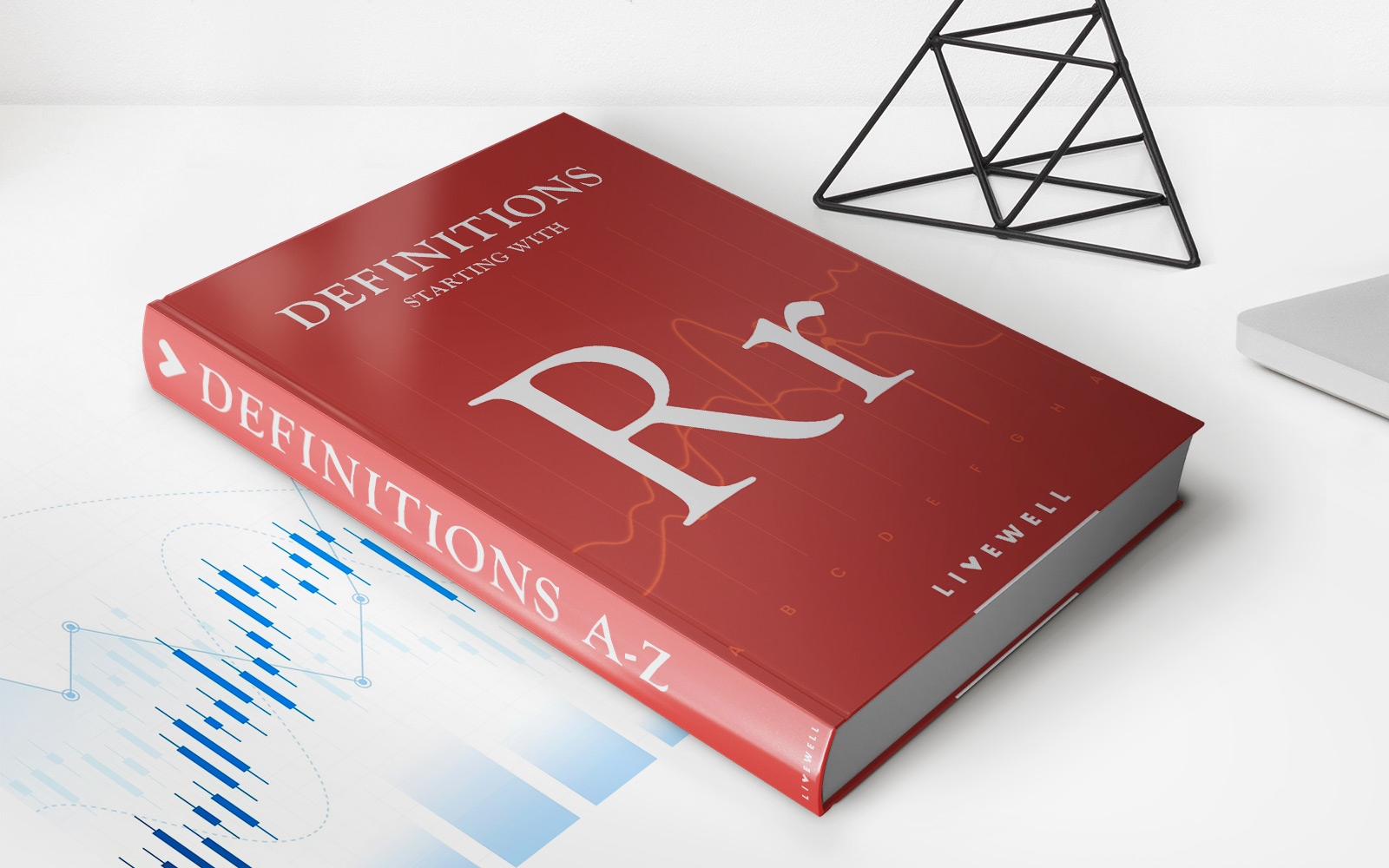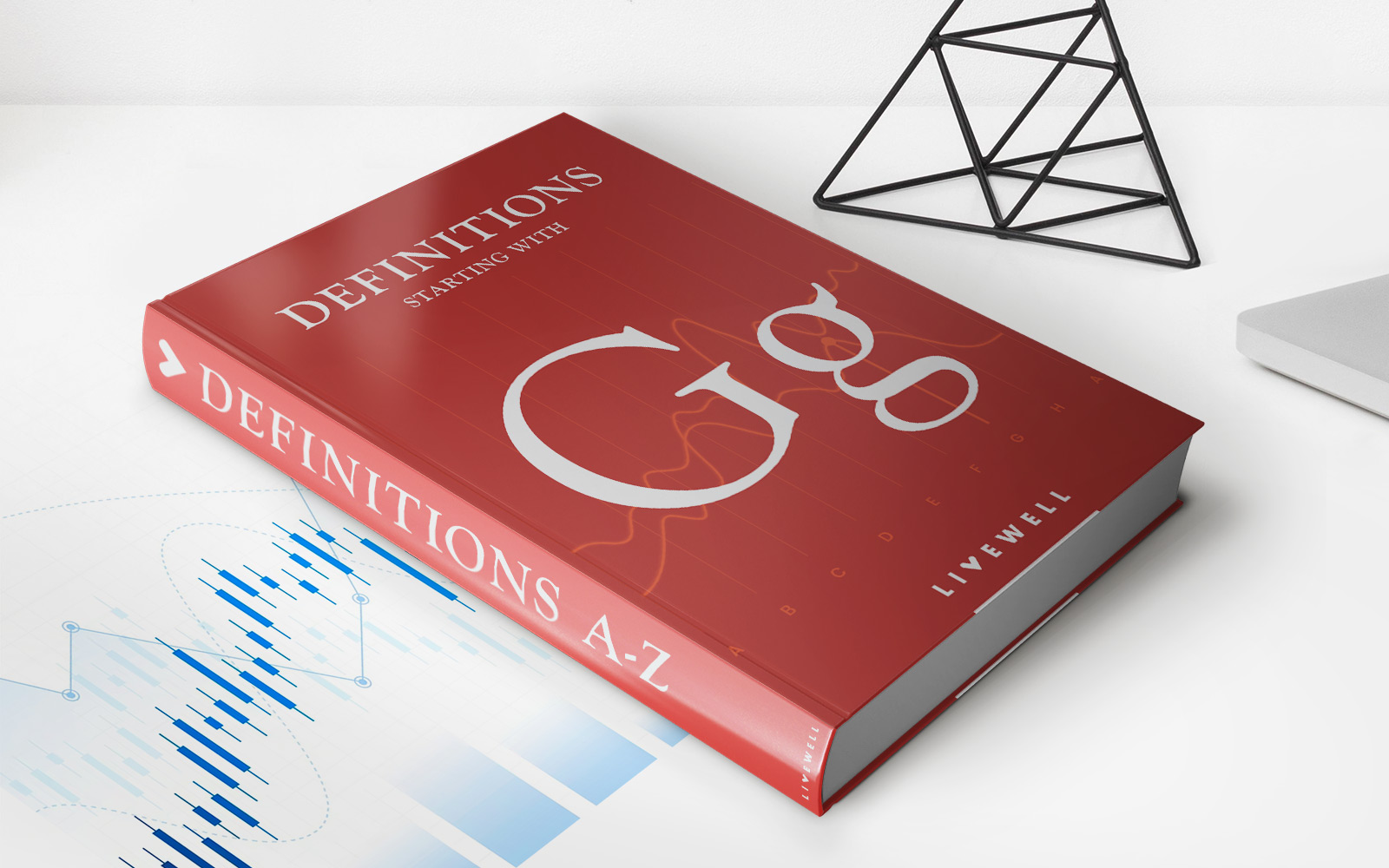Home>Finance>Market Basket: Definition, How It’s Used In Investing And Example
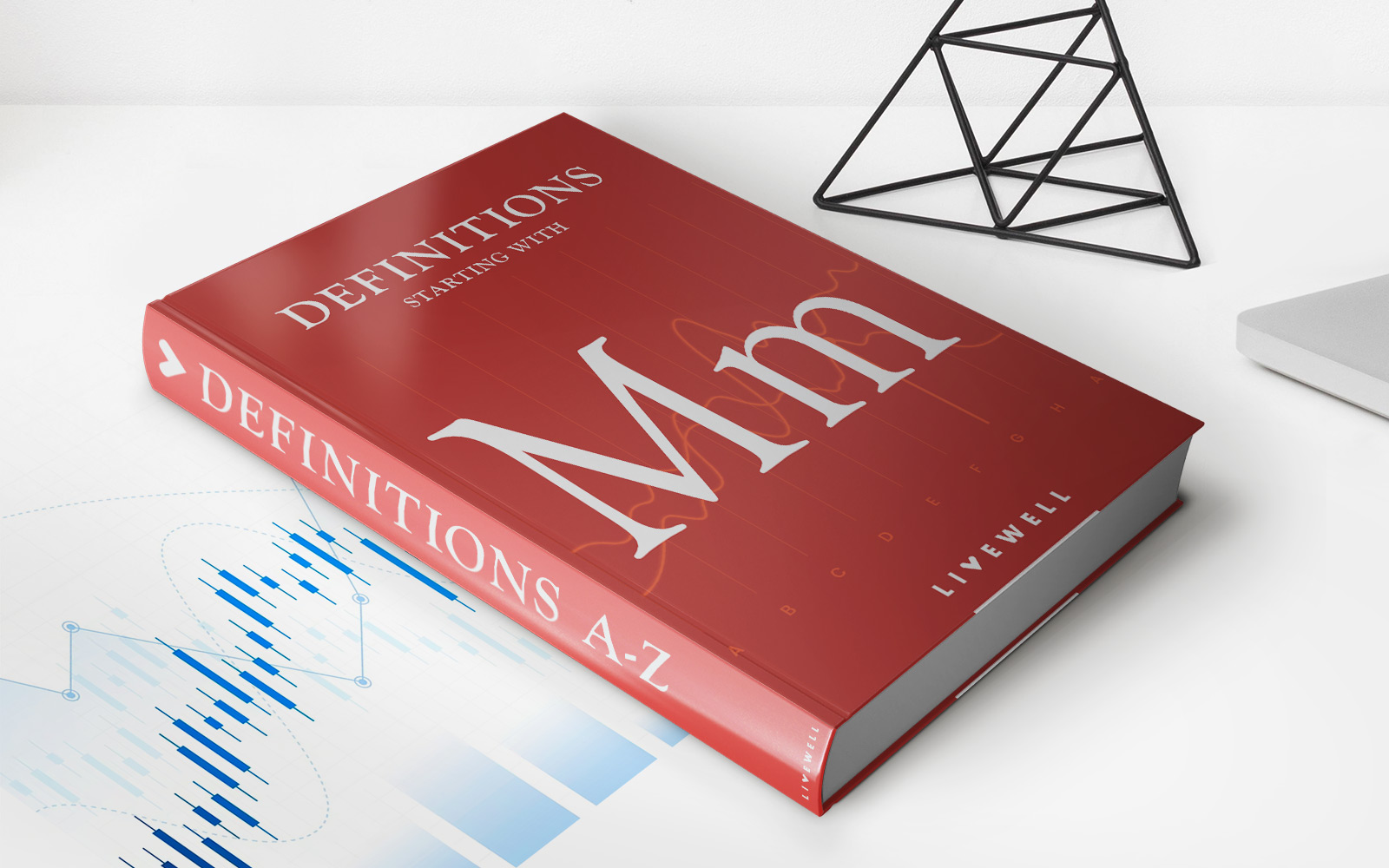

Finance
Market Basket: Definition, How It’s Used In Investing And Example
Published: December 22, 2023
Discover the meaning and application of market basket in finance. Learn how it is utilized in investing and explore a practical example.
(Many of the links in this article redirect to a specific reviewed product. Your purchase of these products through affiliate links helps to generate commission for LiveWell, at no extra cost. Learn more)
What is Market Basket?
When it comes to investing, there are countless terms and strategies that can be used to analyze markets and make informed decisions. One such term that is frequently used by financial experts is “market basket.” In this blog post, we will explore the definition of market basket, how it is used in investing, and provide an example to help illustrate its relevance.
Key Takeaways:
- Market basket is a diversified group of securities or other assets that represents a particular market or sector.
- Investors use market baskets to track the performance of a market or sector, create benchmarks for their portfolio, or implement investment strategies.
Definition of Market Basket
Market basket refers to a diversified group of securities or other assets that represent a specific market or sector. This collection of assets can include stocks, bonds, commodities, or any other financial instruments that are commonly traded within the market or sector being analyzed.
Market baskets are typically constructed to reflect the overall performance of the market or sector they represent. For example, a market basket for the technology sector might include stocks from prominent technology companies such as Apple, Microsoft, and Amazon.
How Market Baskets are Used in Investing
Investors use market baskets for various purposes, including:
- Performance Tracking: By creating a market basket that represents a specific market or sector, investors can track the overall performance of that market or sector over time. This helps them gauge the performance of their investments against the broader market.
- Benchmarking: Market baskets are often used as benchmarks to compare the performance of investment portfolios. Investors can measure the performance of their portfolio against the market basket to assess how effectively their investments are performing relative to the market or sector they are targeting.
- Investment Strategies: Market baskets can also be utilized to implement investment strategies. For instance, an investor who believes that the technology sector will outperform the overall market may choose to allocate a larger portion of their portfolio to a technology-focused market basket.
Example of Using a Market Basket
To better understand how market baskets are used, let’s consider an example. Suppose an investor wants to assess the performance of their energy sector investments. They create a market basket consisting of ten stocks from major energy companies, such as ExxonMobil, Chevron, and BP.
By tracking the performance of this energy sector market basket over a specific period, the investor can analyze how their energy investments have fared compared to the broader market. If the market basket outperforms the overall market, it may indicate that the investor’s energy sector investments are performing well.
On the other hand, if the market basket underperforms the overall market, it could be an indication that the investor’s energy sector investments are lagging behind. This insight can help the investor make informed decisions about their portfolio allocation and adjust their investment strategy accordingly.
Conclusion
Market baskets are valuable tools in the world of investing. They allow investors to track the performance of specific markets or sectors, benchmark their portfolios, and implement investment strategies. By understanding the concept of market baskets and how they are used, investors can make more informed decisions and stay ahead in the dynamic world of finance.
